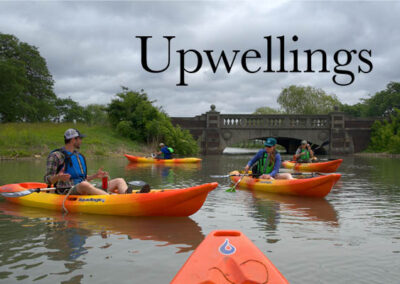Tests at a water treatment plant found elevated levels of the toxin microcystin, which is produced by blue-green algae, in the drinking water for Toledo, Ohio as well as communities in southeast Michigan. The toxin was part of the Harmful Algal Bloom, or HAB, that was found in the western basin of Lake Erie.
The City of Toledo leadership cautioned residents and the several hundred thousand people served by its water utility not to drink tap water, even if they boil it.
Exposure to high levels of microcystin can cause abdominal pain, vomiting, diarrhea, liver inflammation, pneumonia and other health problems, some of which can be life-threatening.
The all clear was given on Aug. 4 and residents were advised that the drinking water was once again safe for bathing, cooking and consumption.
However, HABs are a large and ongoing issue in the Great Lakes, particularly the bay regions (Green Bay, Saginaw Bay, Maumee Bay, etc.), that we will likely hear more about as the season progresses.
Learn more about this issue:
- Harmful Algal Blooms in the Great Lakes
- Article about the Issue and How to Respond (MSU Extension)
- What is Cyanobacteria and Microcystins? (EPA)
- Frequently Asked Questions about HABs (NOAA)
Explore recent research on this issue:
- Lake Erie Climate and Water Quality Project
- EcoFore: Hypoxia Assessment in Lake Erie
- NOAA HAB Forecast for 2014
Speak with an expert on Harmful Algal Blooms (HABs):
- Sonia Joseph Joshi: Communications and Outreach Specialist for the Cooperative Institute for Limnology and Ecosystems Research (CILER) based at the NOAA Great Lakes Environmental Laboratory in Ann Arbor. Focus area: Water quality, HABs, and human health.
- Steve Stewart: Michigan Sea Grant Senior Extension Educator, Southeast District and Education Co-leader. Focus area: Western Lake Erie and southern Lake Huron issues. Has lead educational cruises on Lake Erie and Lake St. Clair for more than 20 years.
- Don Scavia: Leading specialist on Harmful Algal Blooms and hypoxia in fresh and marine environments. Based at the University of Michigan at the Graham Center for Sustainability. Has performed extensive research on Lake Erie’s Dead Zones and, by proxy, HABs.



